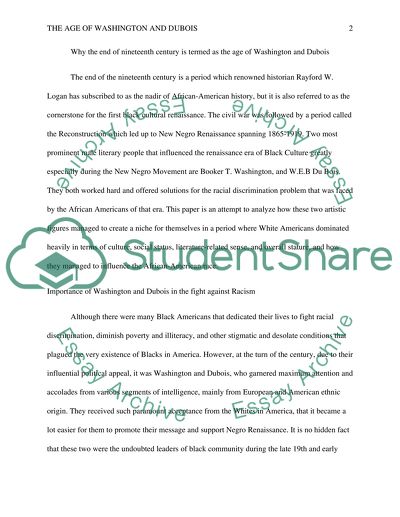Cite this document
(“Why the End of the Nineteenth Century Is Called the Age of Washington Essay”, n.d.)
Retrieved from https://studentshare.org/literature/1454634-y-why-the-end-of-the-nineteenth-century-is-called
Retrieved from https://studentshare.org/literature/1454634-y-why-the-end-of-the-nineteenth-century-is-called
(Why the End of the Nineteenth Century Is Called the Age of Washington Essay)
https://studentshare.org/literature/1454634-y-why-the-end-of-the-nineteenth-century-is-called.
https://studentshare.org/literature/1454634-y-why-the-end-of-the-nineteenth-century-is-called.
“Why the End of the Nineteenth Century Is Called the Age of Washington Essay”, n.d. https://studentshare.org/literature/1454634-y-why-the-end-of-the-nineteenth-century-is-called.


